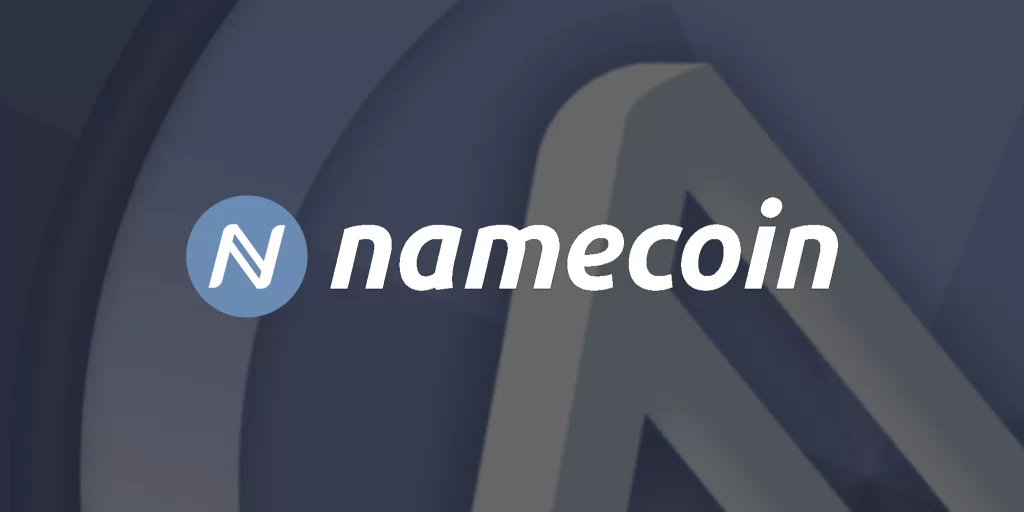On April 18, 2011, the cryptocurrency landscape expanded beyond Bitcoin for the first time with the launch of Namecoin, a pioneering project that marked the birth of the “altcoin” era. Namecoin, a fork of Bitcoin’s open-source code, began operations when its genesis block—the foundational block of its blockchain—was mined, introducing a new digital asset with a distinct purpose. Unlike Bitcoin, which aimed to revolutionize money as a decentralized peer-to-peer currency, Namecoin set its sights on decentralizing a different corner of the internet: the domain name system (DNS). On this day, Namecoin emerged as a bold experiment, proving that blockchain technology could extend beyond financial transactions and into innovative new use cases.
The story of April 18, 2011, began months earlier in the vibrant online community of Bitcoin enthusiasts. In late 2010, discussions on the BitcoinTalk forum—a hub for early crypto adopters—turned to the idea of a decentralized DNS system dubbed “BitDNS.” This concept, first floated in an Internet Relay Chat (IRC) room and later formalized on the forum, aimed to create a censorship-resistant alternative to traditional domain registration controlled by centralized authorities like ICANN. Bitcoin’s creator, Satoshi Nakamoto, and developer Gavin Andresen joined the conversation, endorsing the idea and even offering a bounty for its implementation. By April, a pseudonymous developer known as “Vinced” (rumored to be Vincent Durham) rose to the challenge, forking Bitcoin’s code to create Namecoin. On this day, the network went live, mining its first block and establishing a separate blockchain with a supply cap of 21 million coins, mirroring Bitcoin’s limit.
On April 18, the Namecoin network hummed with activity as early adopters and miners jumped in. Like Bitcoin, it relied on the SHA-256 proof-of-work algorithm, allowing miners to use similar hardware to secure the chain. But Namecoin’s defining feature was its ability to register and manage domain names under the “.bit” top-level domain (TLD). On that day, users could claim a .bit domain for a small fee of 0.01 NMC (Namecoin’s native token), paid not to a central registrar but burned as part of the network’s design—an early example of a deflationary mechanism. The first such domain, “bitcoin.bit,” was reportedly registered as a proof-of-concept, showcasing how Namecoin could link human-readable names to IP addresses without intermediaries. Across forums and chat rooms, the crypto community buzzed with excitement, marveling at the potential for a web free from government or corporate control.
The launch wasn’t without its quirks. On April 18, 2011, Namecoin was still raw and experimental, with a clunky user interface and limited documentation. Miners and developers tinkered with the software, adapting Bitcoin wallets and tools to interact with this new chain. The network’s small but dedicated following saw it as a triumph of ideology—freedom from censorship was a core tenet. Imagine the scene: scattered across the globe, coders and cypherpunks fired up their rigs, mining NMC not just for profit but to test a vision of a decentralized internet. Posts on BitcoinTalk reflected the mood, with users like “OrgNasty” and “tsaroz” praising the project’s ingenuity while others debated its viability. By day’s end, Namecoin had carved out a niche, proving that Bitcoin’s blockchain could be repurposed for more than just money.
Namecoin’s debut on April 18, 2011, was a quiet revolution. It lacked the fanfare of Bitcoin’s genesis block two years earlier, but its significance was undeniable. On that day, it became the first cryptocurrency to diverge from Bitcoin’s path, introducing the world to the concept of altcoins—alternative coins with unique goals. The .bit domains registered that day were more than technical feats; they were symbols of a growing movement to rethink how the internet could work. Namecoin’s operations kicked off with a promise: to use blockchain to protect free speech and privacy, one domain at a time, setting the stage for the thousands of cryptocurrencies that would follow.
